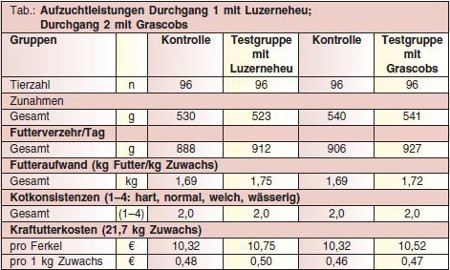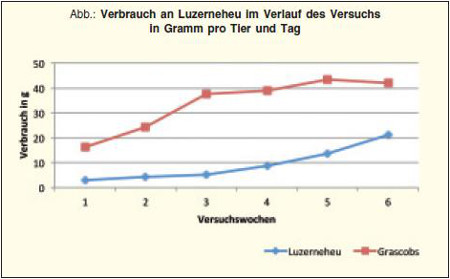17/01/2024
Supplementation of alfalfa hay and grass cobs in piglet rearing
Source: landwirt.com
Roughage has a positive effect on digestion and keeps piglets occupied. Scientists at the Bavarian State Laboratories for Livestock and Agriculture (LfL Bayern) investigated whether supplementing with alfalfa hay and grass cobs reduces the intake of rearing feed and thus reduces performance.
As part of the Animal Welfare project, piglets at the Schwarzenau Teaching, Research, and Technical Center (LVFZ) were offered high-fiber feed in addition to their piglet rearing feed. In an initial trial, alfalfa hay, corn silage, and grass cobs were tested. The addition of these high-fiber feeds did not impair piglet rearing feed intake or rearing performance compared to the control group. Two further trials were conducted to determine whether these results would also be evident under practical conditions (group feeding, liquid feeding, spot mix). Alfalfa hay was used in the first trial, and grass cobs in the second.
Experimental setup
Alfalfa hay supplement


